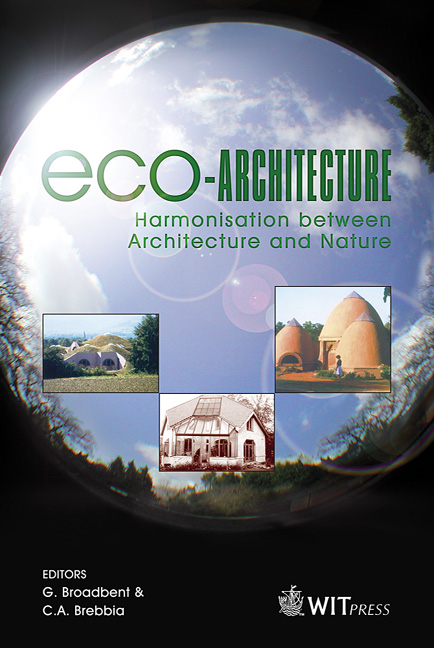The Study Of Restoring An Eco-habitat Of The Traditional Paiwan Tribe In Taiwan
Price
Free (open access)
Transaction
Volume
86
Pages
10
Published
2006
Size
3,374 kb
Paper DOI
10.2495/ARC060081
Copyright
WIT Press
Author(s)
C.-J. Chen
Abstract
Paiwan is the third largest aboriginal tribe in Taiwan. The most particular, original habitat of Paiwan people is their housing system; all structures are constructed with numerous slats of stone and are built at the same altitude on mountains, merging with landscape. This type of vernacular architecture represents strongly, affordable resources and a kind of natural attitude that responds well with the environmental conditions. Using the local materials, applying the natural cooling and the landscape adaptation, and forming a selfsufficient community, the Paiwan habitat behaves as an eco-habitat and reflects the subtropical characteristic of Southern Taiwan. Unfortunately, most of the traditional Paiwan territories are decomposed or abandoned due to political reason as well as the changing society during vicissitudinary periods in Taiwan. The government has urged the people to recover or restore the surviving villages. This study’s purpose is to discuss how to find an appropriate approach for restoring the Old Chi-Jia village, one of the most complete and intact traditional Paiwan villages in Taiwan. Different topics such as the investigation process, the architectural intervention and community conservation are discussed to establish an optimal strategy for restoring the Old Chi-Chia village. Keywords: aboriginal tribe, restoration, Paiwan, eco-habitation, Old Chi-Chia. 1 Introduction and history The evidence found for prehistoric human habitation in Taiwan dates back 12,000 to 15,000 years. Different theories indicated that Taiwan’s aborigines came from two places: southern China and Austronesia. Recent research shows
Keywords
aboriginal tribe, restoration, Paiwan, eco-habitation, Old Chi-Chia.





